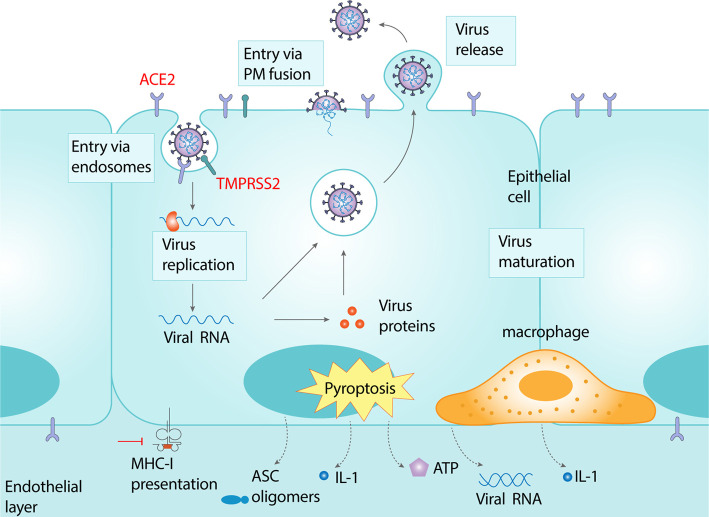Figure 1. Schematic of the intracellular lifecycle of SARS-CoV-2 and associated immunopathology.
Severe acute respiratory syndrome coronavirus 2 (SARS-CoV-2) infects cells expressing the surface receptors angiotensin-converting enzyme 2 (ACE2) and TMPRSS2, resulting in entry of the virus via the endocytic machinery or upon fusion at the plasma membrane. The viral genome is released into the cytosol upon fusion of the viral and host membranes and undergoes replication, transcription, translation and assembly to form viral progenies that are released into the extracellular space via unknown mechanisms. Amplification and release of the virus leads to host cell pyroptosis and release of damage-associated molecular patterns, including ATP, nucleic acids and ASC oligomers. This is accompanied by secretion of pro-inflammatory cytokines and chemokines culminating in a cytokine storm. On the other hand MHC-I restricted antigen presentation is downregulated most likely by binding of the viral Orf8 protein, resulting in attenuated T-cell activation, thereby contributing to the common clinical feature of lymphopenia.

